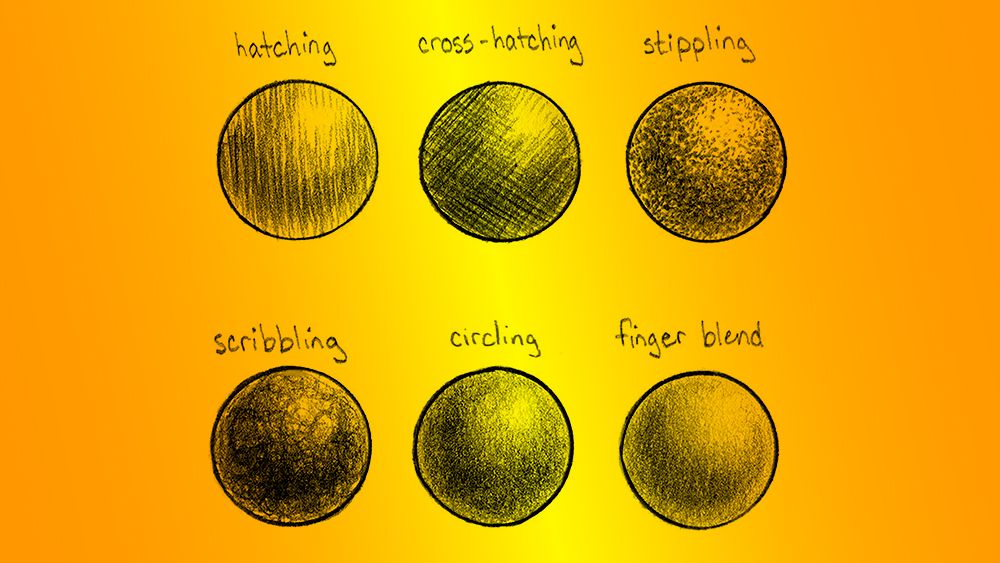
"Sketchbook warm-up exercises are an essential part of art practice whether you're a beginner or a pro. Just like when you hit the gym (not something I do very often if I'm honest), it's better to ease into sketching rather than jumping straight into your ful flow. With sketching, you're not likely to suffer an injury if you don't warm up, but sketchbook warm up exercises do prepare you physically and mentally for the task ahead. They help you relax your fingers, wrist, and arm, which can help improve line quality, coordination and also confidence in your sketching, and they can improve concentration, easing you into an observational and creative 'zone'."
"We've published many art tutorials and tips over the years, including many written by professional artists, who share their own processes and advice. Below, I'll round up a collection of their tips for warming up before sketching all in one place. Whether you're using the best pencils for artists or pens for artists, or one of the best drawing tablets, there should be something here to incorporate into your practice."
"A simple way to warm up is to begin with some free experimentation by making different types of marks. Use both the side of your pencil or pen and the the tip, and vary the pressure to create a variety of textures and tones. This can also help you to avoid falling into the habit of sticking to the same kinds of marks when you come to sketch. "Practise creating sweeping strokes, bold lines, crisp dashes, delicate dots, curves and straight lines," the artist Terese Nielsen recommends. "Strokes generally start close to your body and move outward. Use your arm and shoulder, not just your wrist," she says."
Warm-up exercises prepare the body and mind for sketching by relaxing fingers, wrist, and arm to improve line quality, coordination, and confidence. They enhance concentration and help artists enter an observational, creative zone. Simple exercises include mark-making with varied pressure and using both the pencil tip and side, practicing sweeping strokes, dots, curves, and straight lines, and drawing from the shoulder rather than only the wrist. A relaxed, loose grip increases flexibility for longer sessions. Warm-ups can be adapted to different tools such as pencils, pens, and drawing tablets and suit beginners and professionals alike.
Read at Creative Bloq
Unable to calculate read time
Collection
[
|
...
]